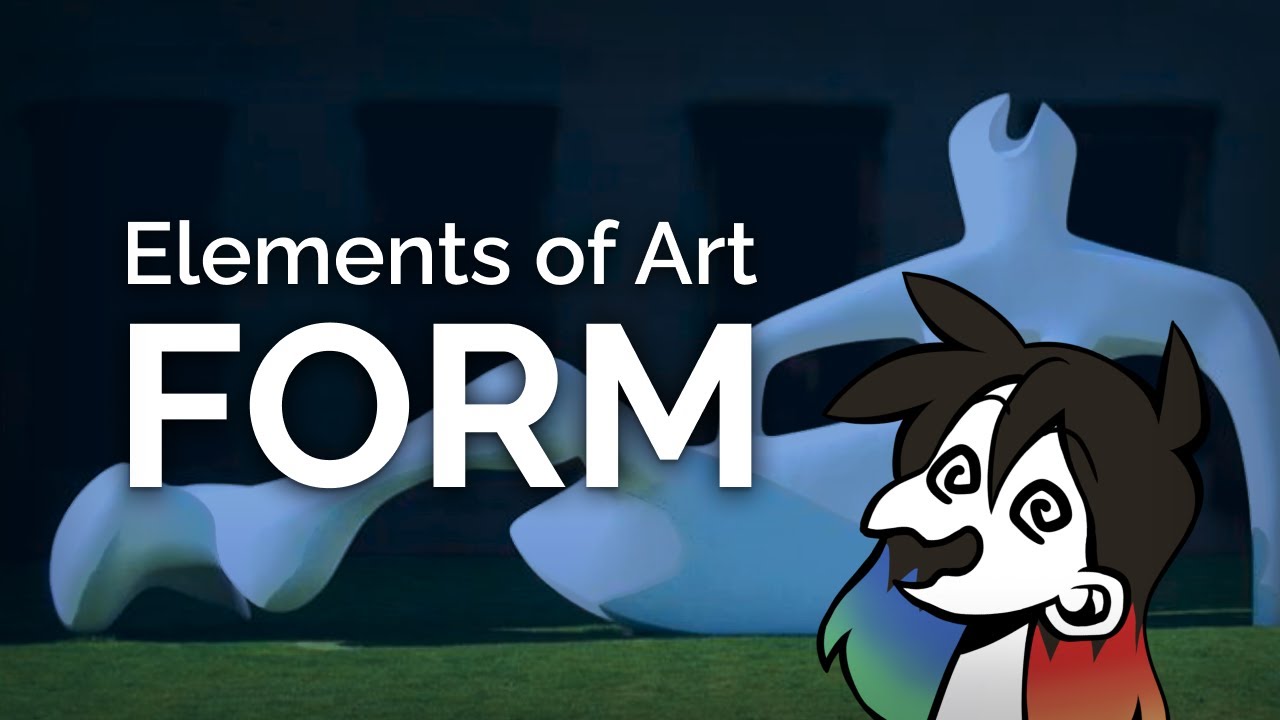Seni Instalasi - Pengertian dan penjelasan
Summary
TLDRThe video discusses the concept of installation art, a contemporary art form that involves assembling and constructing objects into cohesive, three-dimensional works. Installation art often reflects social, political, or cultural themes, emphasizing conceptual elements. The speaker explains how it differs from traditional painting or sculpture, as it must be installed in a space, often adapting to its environment. The origins of installation art trace back to the 1950s pop art movement, and it has since grown in global popularity. In Indonesia, artists like FX Harsono and Heri Dono have significantly contributed to its development.
Takeaways
- 🎨 Installation art refers to the practice of assembling, uniting, and constructing various objects to create a cohesive artistic expression.
- 📦 The term 'installation' is derived from the English word 'installation,' meaning the act of setting up or assembling something.
- 🖼️ Installation art typically incorporates three-dimensional elements, often involving space, sound, and other sensory aspects.
- 🧠 This form of art emphasizes conceptual ideas, often addressing social, political, and contemporary issues.
- 🆓 Installation art does not confine itself to traditional categories of art, such as painting or sculpture, but freely mixes different media.
- 🛠️ The creation of installation art involves combining multiple objects, both artistic and non-artistic, to form a new artistic whole.
- 🖌️ Unlike paintings or sculptures that remain static, installation pieces must be assembled and arranged to be fully experienced.
- 🌍 In the history of installation art, it originated around the 1950s-1970s, heavily influenced by movements like Pop Art and artists like Joseph Beuys.
- 🖼️ There are two main types of installation art: 'Field Space' installations, which retain their form regardless of location, and 'Site-Specific' installations, which adapt to their surroundings.
- 🇮🇩 In Indonesia, installation art gained prominence in the 1970s, spearheaded by a new generation of artists who sought to break free from traditional art forms.
Q & A
What is installation art?
-Installation art involves the assembly, combination, and construction of various objects to form a cohesive and visually appealing work of art.
What is the origin of the term 'installation' in installation art?
-The term 'installation' comes from the English word 'installation,' meaning 'to install or assemble,' which refers to the process of setting up the artwork.
What is the main characteristic of installation art?
-Installation art is typically three-dimensional, meaning it occupies space and has volume, often incorporating elements like sound, space, or interactive sensory experiences.
How does installation art differ from traditional painting or sculpture?
-Unlike traditional paintings or sculptures that can simply be displayed, installation art requires assembly and arrangement of objects in a space, creating a new form or meaning.
What are some typical themes found in installation art?
-Installation art often addresses contemporary issues such as social, political, or cultural concerns. It tends to focus on current events and societal contexts.
Who are some pioneers of installation art?
-Pioneers of installation art include Joseph Beuys from Germany, Daniel Buren from France, and Robert Irwin from the United States.
When did installation art first emerge?
-Installation art first emerged during the 1950s, around the era of the Pop Art movement, and became more prominent by the 1970s.
What is the difference between 'field space installation' and 'site-specific installation'?
-Field space installation can be moved without changing its form, while site-specific installation adapts to and changes with its environment, often exploring the space it occupies.
Why has installation art become more popular than traditional forms like painting and sculpture?
-Traditional forms like painting and sculpture have been seen as oversaturated, with limited room for exploration, leading artists to turn to installation art for new creative opportunities.
How did installation art develop in Indonesia?
-In Indonesia, installation art became popular during the 'New Art Period' around 1975, with artists like FX Harsono, Hardi, and Nyoman Nuarta pushing for art that broke away from traditional boundaries.
Outlines

Esta sección está disponible solo para usuarios con suscripción. Por favor, mejora tu plan para acceder a esta parte.
Mejorar ahoraMindmap

Esta sección está disponible solo para usuarios con suscripción. Por favor, mejora tu plan para acceder a esta parte.
Mejorar ahoraKeywords

Esta sección está disponible solo para usuarios con suscripción. Por favor, mejora tu plan para acceder a esta parte.
Mejorar ahoraHighlights

Esta sección está disponible solo para usuarios con suscripción. Por favor, mejora tu plan para acceder a esta parte.
Mejorar ahoraTranscripts

Esta sección está disponible solo para usuarios con suscripción. Por favor, mejora tu plan para acceder a esta parte.
Mejorar ahoraVer Más Videos Relacionados

Apa Itu Seni Rupa part.2 (Seni Rupa 3D)

Berkarya Seni rupa 3 dimensi Dengan memodifikasi objek

Video Pembelajaran Pengenalan Seni Rupa Terapan dalam Keseharian Materi Kelas XII Kurikulum Merdeka

Videoarte- performance e instalação

Appropriation In Art Explained

FORM: Elements of Art Explained in 7 minutes (funny!)
5.0 / 5 (0 votes)
